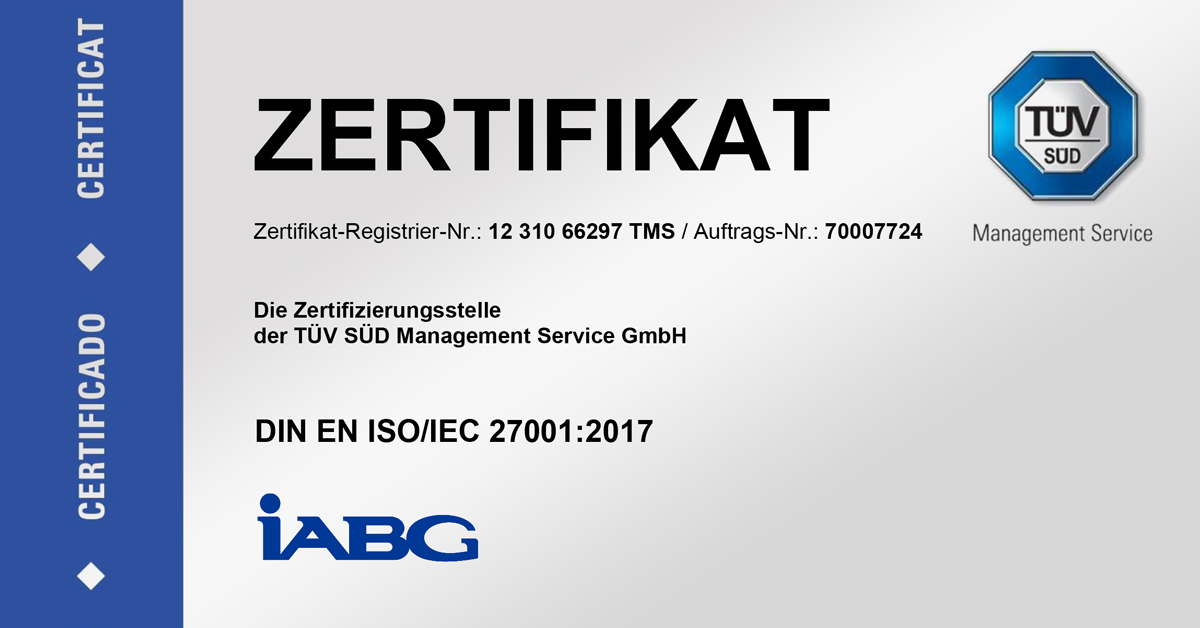The three fuselage sections and two wings of the Airbus A380 arrived safely in our test hall in Dresden after an exciting trip along the Elbe. Airbus employees are currently carrying out the final assembly of the airframe. From January 2005 IABG has eight months in which to complete the test set-up, install all systems and units and start up the complex test unit. Hydraulic systems, measuring and control systems are installed, calibrated and coordinated. It is also our responsibility to work on the actual unit to be tested, for example installing “dummy structures” or installing the remaining approx. 3,000 load pads on the wing. If all goes according to plan, from today’s point of view the fatigue test on the entire frame can commence on 1 September 2005.
The A380 is present not only in Dresden but also in the IABG test halls in Ottobrunn – at least in individual parts. To ensure safe operation of the A380 aircraft it must be proven that the entire frame will outlast the entire aircraft life without any problems. Not only this but many individual aircraft components must be tested separately as it is only possible to simulate requirements in a comprehensive and detailed manner on individual components.
This is why the front suspension device of an A380 engine at the pylon is currently being put to the acid test at IABG. This is being carried out under the same four aspects that are in principle used also for the entire aircraft. Firstly, a calibration test is carried out which enables the component to be qualified with the greatest individual stress during operation of the aircraft. A durability test (“fatigue test”) is then carried out in which components are pressurized with all operating loads that are relevant throughout the entire aircraft life. To be on the safe side, several aircraft lives are even simulated on the same component. The third aspect involves the behaviour of the components when damage occurs. For this, intentional damage is inflicted on critical points on a second component - identical in construction - and the impact on the component during the ongoing test is investigated. By this, important guidelines for the future maintenance of aircraft components can be derived from the durability test. Finally, in a “residual strength test”, the pre-damaged component is pressurised with continually increasing stress until it eventually breaks. In this way the remaining safety reserve of the component is determined. The static test was already carried out at the beginning of September and the first unit to be tested is now undergoing the durability test. Complete qualification of the component should be finished at the beginning of 2006.
A similar test cycle is being carried out on “spoilers” of the A380. Furthermore, IABG is currently developing a feasibility study for a technologically demanding test set-up for investigating fuselage construction. IABG also attaches a certain strategic importance to these responsibilities. While IABG looks back on a long lasting customer relationship with Airbus Deutschland and other aircraft manufacturers in the testing of entire airframes, it was directly commissioned for the first time to test components by Airbus France as well as by suppliers. The responsible engineers are confident that the trust acquired with the qualification of “big bird” can be further reinforced by the testing of components.
- Business Fields
-
Automotive
- Automotive
-
-
Testing and fatigue strength
- Testing and fatigue strength
- Complete vehicles
- Vehicle bodies
- Chassis
- Engine & Powertrain
- Interiors
- Safeguarding mechatronic systems
- Advice on Test Programmes and Test Signals
- Prüfstandsbau
- Development Services
- Climatic Environmental Simulation
- Materials Testing and Failure Analysis
- Publications
-
Testing and fatigue strength
-
InfoCom
- InfoCom
-
- Shaping digitization securely
-
Cyber security
- Cyber security
- ISMS and risk analysis
- Technical IT security
- Cyber Defence
- BOS Digital Radio Network
- Industry 4.0 / Internet of Things
- Control and situation centres
- Satellite navigation - Satellite communication
- Safe City
- IT Public procurement management
- Government Agency Networks
-
Mobility • Energy
- Mobility • Energy
-
- Rail & track
- Sicheres Autonomes Fahren
- Testing and qualifying hydrogen technologies
- Construction of burst chambers
- Nuclear technology
-
Safeguarding of artificial intelligence (AI)
- Safeguarding of artificial intelligence (AI)
- The new DIN SPEC 92005
-
Engineering and Support of wind energy plants
- Engineering and Support of wind energy plants
- Technical computations and system simulation
-
Testing & qualification of wind energy plants
- Testing & qualification of wind energy plants
- Test stand construction and testing
- Testing and Fatigue Strength
- Materials Testing and Failure Analysis
-
Mobility services
- Mobility services
- Inductive energy transmission
- Environment & geodata service
-
Aeronautics
- Aeronautics
-
- Experimental testing
- Development of functional and system test benches
- Structural monitoring, inspection and analysis
- Functional Safety and Operational Safety
-
Provision of the test infrastructure
- Provision of the test infrastructure
- Our test halls and test sites
- Functional test benches
- References
- Publications
-
Space
- Space
-
- Mechanical Tests
- Space Simulation tests
-
Electromagnetic Tests
- Electromagnetic Tests
- Electromagnetic compatibility (EMC)
- Magnetic field measurement / Magnetic field simulation
- Infrastructure
- Engineering support
-
Management consulting
- Management consulting
- Programme Support
- Consulting on the implementation of management systems
- Project references
-
Defence & Security
- Defence & Security
-
- Domains
-
Services & solutions
- Services & solutions
- Capability Management
- Procurement support
- Services, operation & training
- Smart Tools
-
Expertise
- Expertise
- Integrated Logistics
- Life Cycle Cost Management
- IT-Security
- Survivability
- Vulnerability & effect on target
- Human factors & ergonomics
- Safety
- Systemic Analysis
- Security Policy
- Architecture & Process modelling
- Modelling & Simulation
- Intelligence, Surveillance & Reconnaissance (ISR)
- Systemt engineering AIR
- System engineering SPACE
- System engineering MARITIME
- Armament
- Sensor systems
- C4I systems
- Protection, Impact- and High Risk Testing
- Technology Roadmapping
- Innovation


